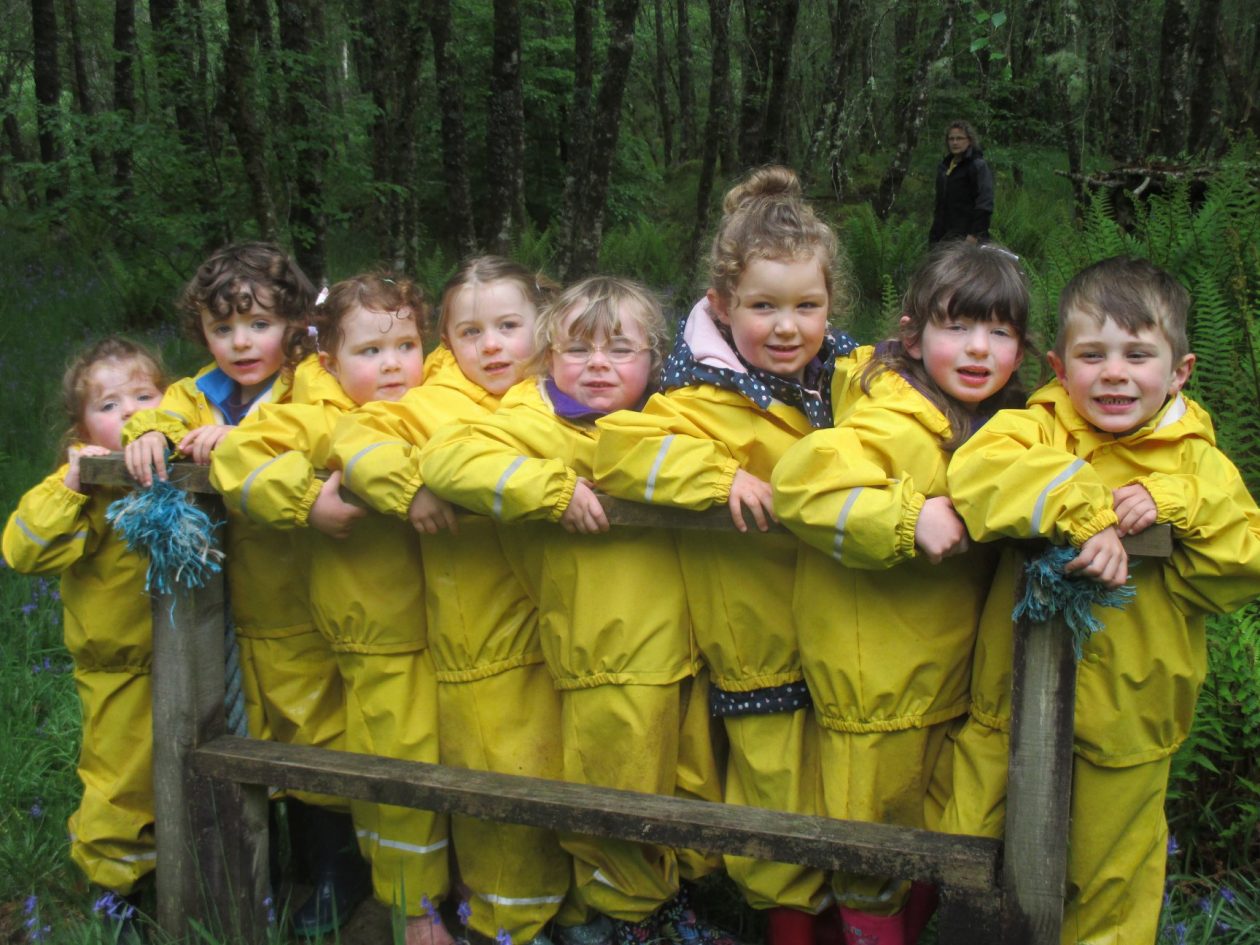
It’s a consistent way for people to work with all children and young people. It’s the bedrock for all children’s services and can also be used by practitioners in adult services who work with parents or carers.
The approach helps practitioners focus on what makes a positive difference for children and young people – and how they can act to deliver these improvements.
Getting it right for every child is being threaded through all existing policy, practice, strategy and legislation affecting children, young people and their families.
What Getting it right for every child means
For children, young people and their families:
- They will feel confident about the help they are getting
- They understand what is happening and why
- They have been listened to carefully and their wishes have been heard and understood
- They are appropriately involved in discussions and decisions that affect them
- They can rely on appropriate help being available as soon as possible
- They will have experienced a more streamlined and co-ordinated response from practitioners
For practitioners:
- Putting the child or young person at the centre and developing a shared understanding within and across agencies
- Using common tools, language and processes, considering the child or young person as a whole, and promoting closer working where necessary with other practitioners
For managers in children’s and adult services:
- Providing leadership and strategic support to implement the changes in culture, systems and practice required within and across agencies to implement
Getting it right for every child
- Planning for the transition as staff in agencies move from the current working processes to the new child-centred processes
If you would like to access more info about GIRFEC click on the link http://www.scotland.gov.uk/Topics/People/Young-People/gettingitright

